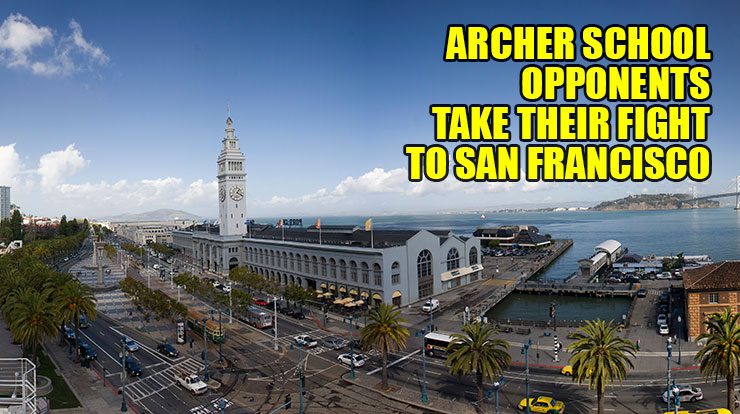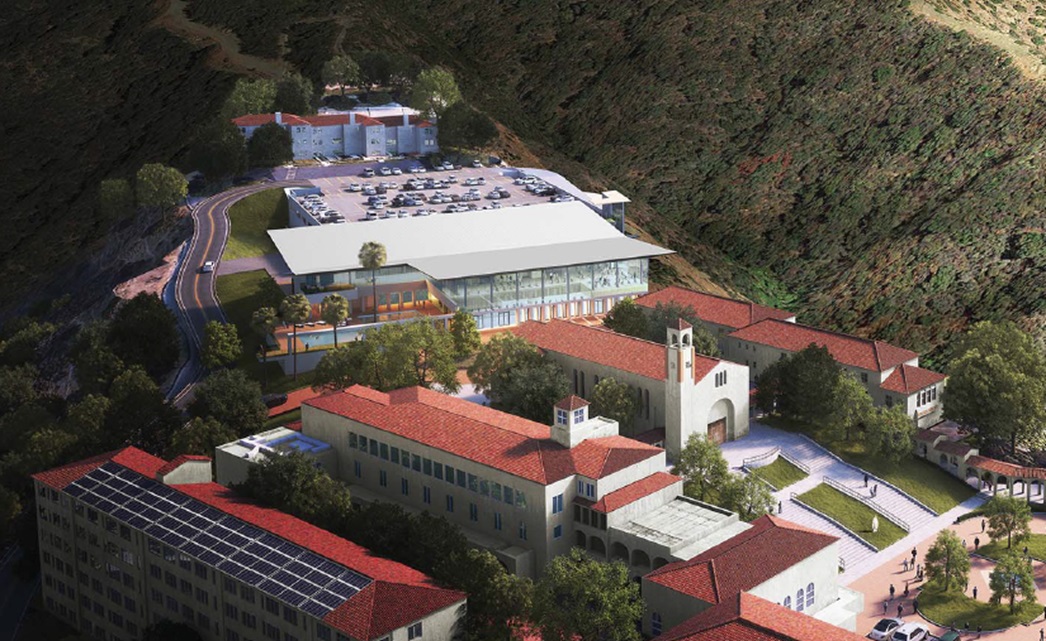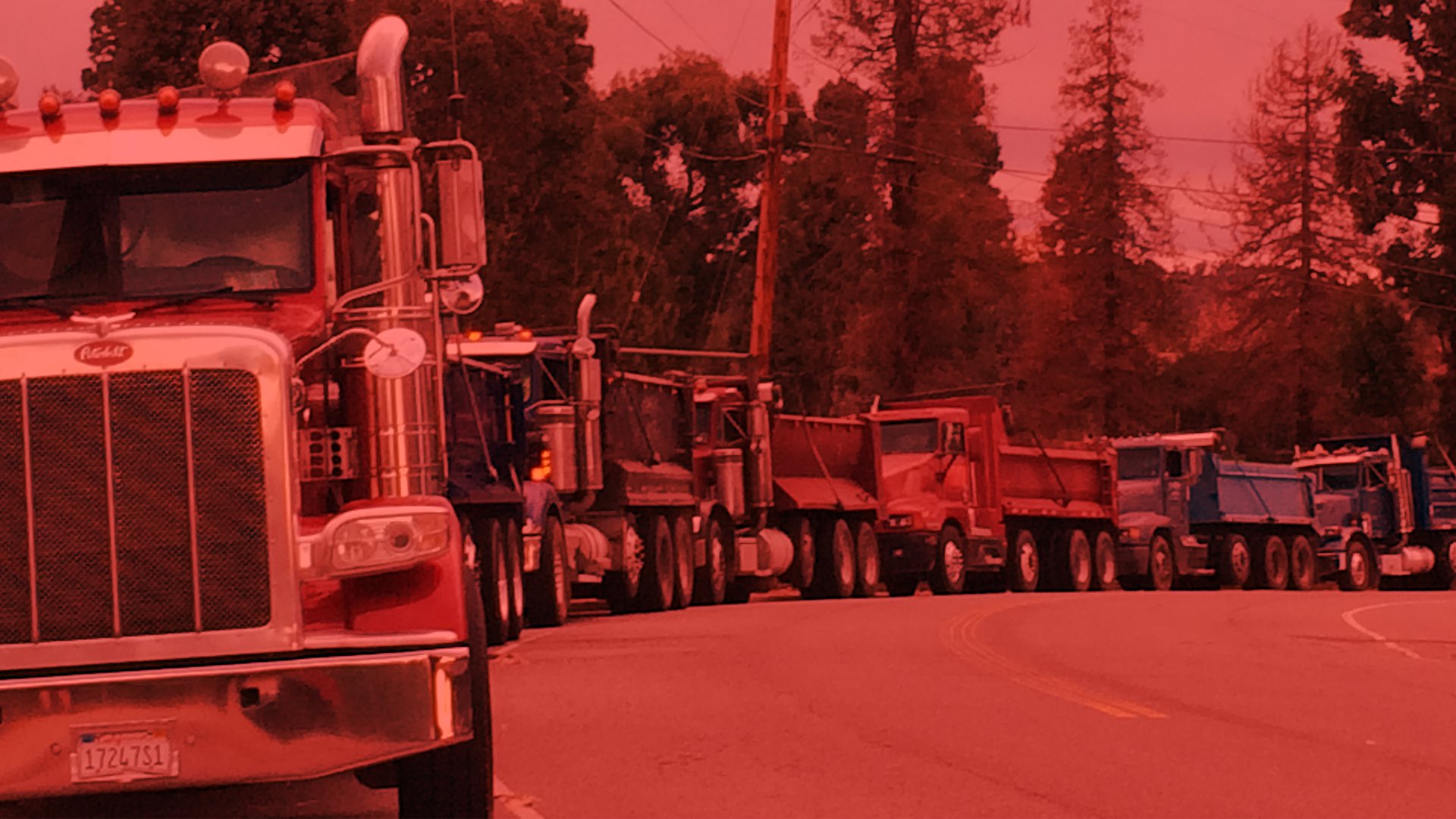
ARCHER SCHOOL OPPONENTS TAKE THEIR FIGHT TO SAN FRANCISCO
A San Francisco Court Ruling to Protect Kids Against Cancer Could Limit Archer Plan
Los Angeles, Wednesday, Oct. 19, 2016 – The Sunset Coalition is hoping a San Francisco appeals court ruling will soon validate a health standard for protecting children against cancer that will have the collateral effect of forcing reductions in the size of the Archer School for Girls expansion project in Brentwood.
To accomplish this ambitious effort to out-flank the Los Angeles City Council’s controversial approval of Archer’s $100 million expansion project, the Coalition recently filed an amicus (friend of the court) brief in a San Francisco lawsuit. That lawsuit opposes a plan to build an 18,000-seat sports arena for the Golden State Warriors basketball team across the street from a children’s hospital.
“We are supporting the San Francisco case because we believe it can result in a court order establishing a standard for protecting the health of children that will be of tremendous value in our lawsuit against Archer,” said Coalition attorney Doug Carstens, author of the amicus brief. Shortly after the Los Angeles City Council – led by Brentwood councilman Mike Bonin – and Mayor Eric Garcetti approved the Archer project in Aug. 2015, the Coalition and others sued, claiming the project violated city zoning rules and state environmental law.
“It is outrageous and unacceptable that Archer and the city leaders have failed to use the best, most up to date science, to ensure that the over-large Archer expansion project does not illegally expose local residents, but especially Archer’s own schoolchildren, to dramatically increased risks for cancer,” said Carstens.
The cancer risks will be particularly acute during construction of the Archer project, the Coalition maintains.
“The construction activity will create toxic air quality conditions that students and residents will have to breathe,” said Wendy-Sue Rosen, co-chair of the Sunset Coalition, a non-profit advocacy group set up originally to limit the size of the Archer project.
“About 500 young girls will be on the campus for two full school years during the proposed construction,” said Zofia Wright of the Sunset Coalition. “In addition, at least 250 residents who live in the immediate area will also be affected – especially any who are elderly or infirm. The health of these people should not be put at risk.”
The risks are related to the NO2 (nitrogen dioxide is the major pollutant resulting from the combustion of fossil fuels) and toxic particulate contaminants that will be emitted by construction vehicles, said Carstens.
The massive Archer expansion project, scheduled to begin in May 2017 and last for at least 36 months, will involve over 260,000 construction vehicle traveling to and from the Archer worksite, including 9,000 cement truck trips and 10,000 extra-large haul tractors with double trailers. Other heavy equipment will also be operating on the site during construction.
In the San Francisco and the Archer lawsuits, the opponents have alleged that the offending projects and local authorities failed to properly disclose to the public the increased health risks, especially to children, posed by the large building projects. Moreover, they allege, the projects fail to include ways to mitigate the health risks.
“What we’re talking about are violations of basic environmental rules requiring disclosure and mitigation of harmful effects,” said Carstens.
In the San Francisco and Archer lawsuits, it is alleged that, based on new scientific findings, the state Office of Environmental Health Hazard Assessment (OEHHA) has developed guidelines for protecting the health of children, and that those guidelines have been ignored by Archer and the city of Los Angeles (and by the Warriors arena developer and San Francisco authorities).
Those new scientific findings concern the breathing rates of children. Children, in effect, inhale and exhale air at greater rates than do adults. Thus, when there are contaminants in the air, children take in more of those contaminants than adults (as a proportion of their body size). In addition, scientific evidence has demonstrated that children are more susceptible to toxins than adults. As a result, OEHHA has lowered the threshold of acceptable exposure to airborne toxins for children based on the new breathing rate data.
“The science is very clear and the OEHHA’s guidance is very clear but the developers and elected officials overseeing their projects have ignored them,” said Carstens.
Expert analysis using the new OEHHA standards shows that cancer risks for schoolchildren during the most intense periods of construction will be far greater than the risks permitted by Los Angeles’ own health policies, said Carstens.
The San Francisco case has been set for oral arguments on Nov. 16 in the 1st District Court of Appeals. Opponents have claimed the city’s review of the Warriors arena project failed to quantify and mitigate the project’s greenhouse gas emissions and to adequately inform the public about cancer-causing toxic air contaminants.
The city approved the vehicle-intensive Warriors project for construction just across the street from the University of California at San Francisco Children’s Hospital and from residential housing for UCSF students and their families. An analysis using updated breathing rates for children showed the air pollutants from the arena project would increase the cancer risk for children residing nearby by 71 percent.





